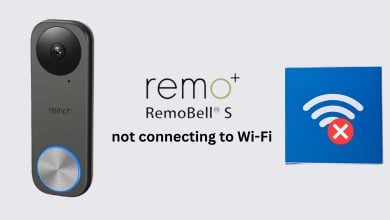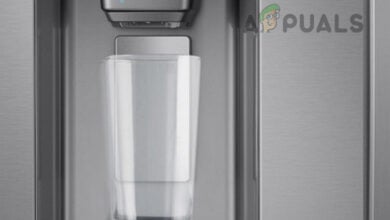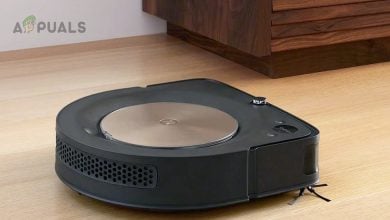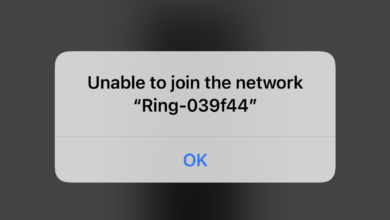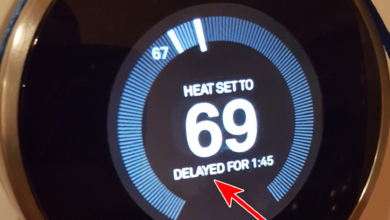How to Fix Source not Supported on Chromecast?
Chromecast lets you stream your favorite apps from your PC, laptop, or phone to your TV or any other device. However, the experience may sometimes become troublesome when you face the “Source not supported” error message upon using the device. As obvious, the error message indicates that the device that you are trying to cast is not being recognized by your Chromecast device. This can be caused by some misconfiguration in the Chrome browser, however, that may not always be the case.
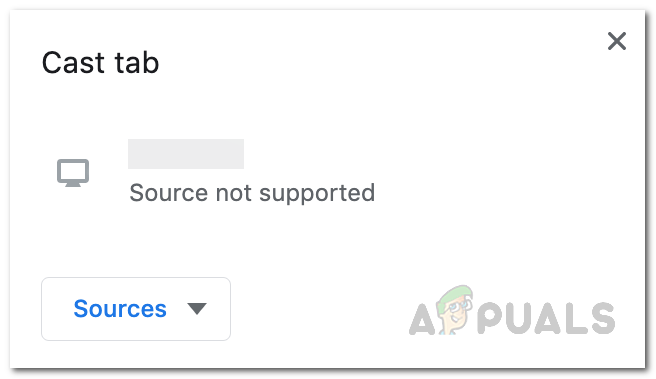
To understand this more, let us understand what is happening behind the scenes. When you try to cast a device to your TV or any other device, Chromecast essentially acts as a bridge between those two devices and connects them over the network. Now, if there are any third-party interferences, this may not go as expected and you will be shown an error message. In addition, your Chrome browser settings can also impact this. For a better grasp of the issue, let us dive into the different reasons that can actually cause the issue.
- Mirroring Service — One of the major reasons the issue arises is due to the Mirroring Service found in the flags tab of your Chrome browser. The mirroring service is really important and needs to be enabled for the Chromecast to work. However, in some cases, this can be disabled by the browser. This usually happens after an update is installed for your Chrome browser and it changes the settings.
- Chromecast Update — Another reason the issue may occur is when your Chromecast software on your smartphone is not updated to the latest version available. Often, different software versions can cause such issues and as a result, you will have to ensure that you are running the latest software version available for Chromecast.
- Third-party Extensions — In addition to all of that, if you are using third-party extensions on your browser that are interfering with the network traffic, it is very likely that they might be causing the issue. In most cases, ad blockers and VPN extensions are found to be the culprit here. Therefore, you will have to disable them to get the Chromecast to work.
- Windows Defender — Finally, while this does not happen often, it still is a possibility. If you are casting from your personal computer running Windows, there are chances that the Windows Defender is interfering with the process and as a result, you get the Source not Supported error message. This can be easily resolved by disabling the real-time protection while you are about to screencast.
Now that we have gone through the possible causes of the issue in question, let us discuss the different solutions you can implement to get the issue resolved. So, without further ado, let us get started.
Update Google Chrome
The first thing that you should do when you face the said error message is to make sure that you are running the latest version of the Google Chrome browser on your device. If you are running an obsolete version, there is a good chance that the issue is being triggered because of it. This is something that you will have to do on the device that you are trying to cast. Follow the instructions down below to update Google Chrome:
- First of all, open up a Google Chrome window.
- Then, in the top-right hand corner, click on the More button (the three vertical dots).
- From the drop-down menu that appears, navigate to Help > About Google Chrome.
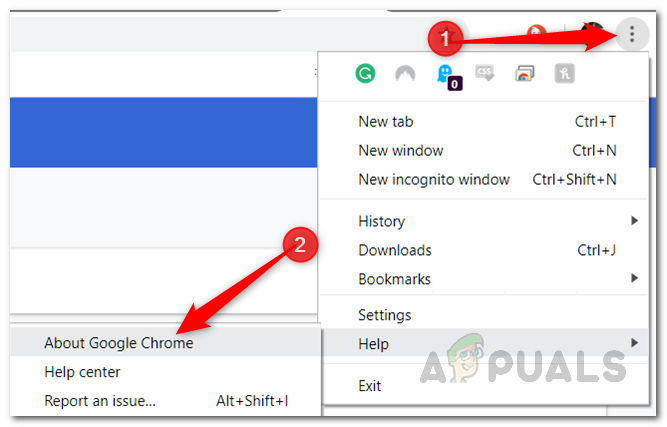
Accessing About Chrome Tab - Once you are there, Google Chrome will automatically check for any updates and install them.
- If an update is installed, you will be shown a Relaunch button. Click on that to finish installing the update.
If you are casting from a smartphone, you can easily update Google Chrome from the Play Store or App Store in your respective case.
Update Chromecast
In case you are still facing an issue after updating Google Chrome or if there wasn’t any update for you, it is time to check whether your Chromecast is up-to-date or not. This is done through the help of the Google Home app. Chromecast looks up for any available updates when you reboot it from the application so that’s all we really need to do. Follow the instructions down below to do this:
- First of all, download the Google Home app on your smartphone from the respective store.
- Now, open up the Google Home app and make sure that your Chromecast is powered on and connected to the same wireless network.
- In the app, tap on the device that the Chromecast is connected to.
- After that, tap on the Gear icon at the top. This will take you to the Device settings screen.
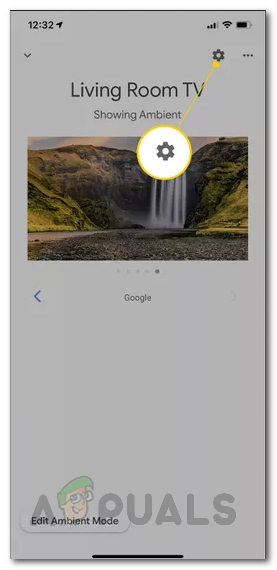
Chromecast Device Details - There, tap on the three dots found in the top-right corner which will bring up a new menu. From there, tap on the Reboot option to restart your Chromecast.
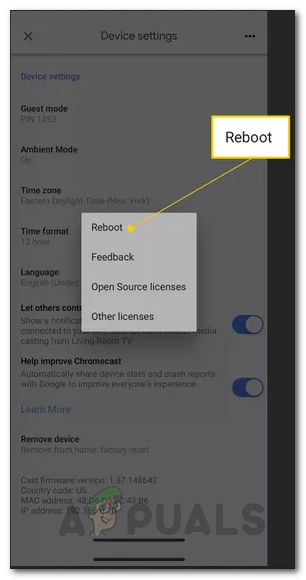
Rebooting Chromecast - This will power off the Chromecast dongle and it will lookup for any updates automatically. If there are any updates available, they will be installed.
Enable Mirroring Service
As it turns out, in some cases, an update to your Google Chrome browser can alter some settings in the background that you don’t notice until you run into an issue because of it. Similar is the case here as the Mirroring Service flag gets disabled usually after an update. Chromecast relies on this and if it isn’t enabled, you won’t be able to cast to your other devices successfully. Therefore, you will have to make sure that the Mirroring Service is enabled from the Chrome flags. To do this, follow the below instructions:
- To start, open up the Google Chrome browser.
- In the address bar, type in chrome://flags and then hit the Enter button.
- This will show you a list of all the flags available. In the search field, type Mirroring Service.
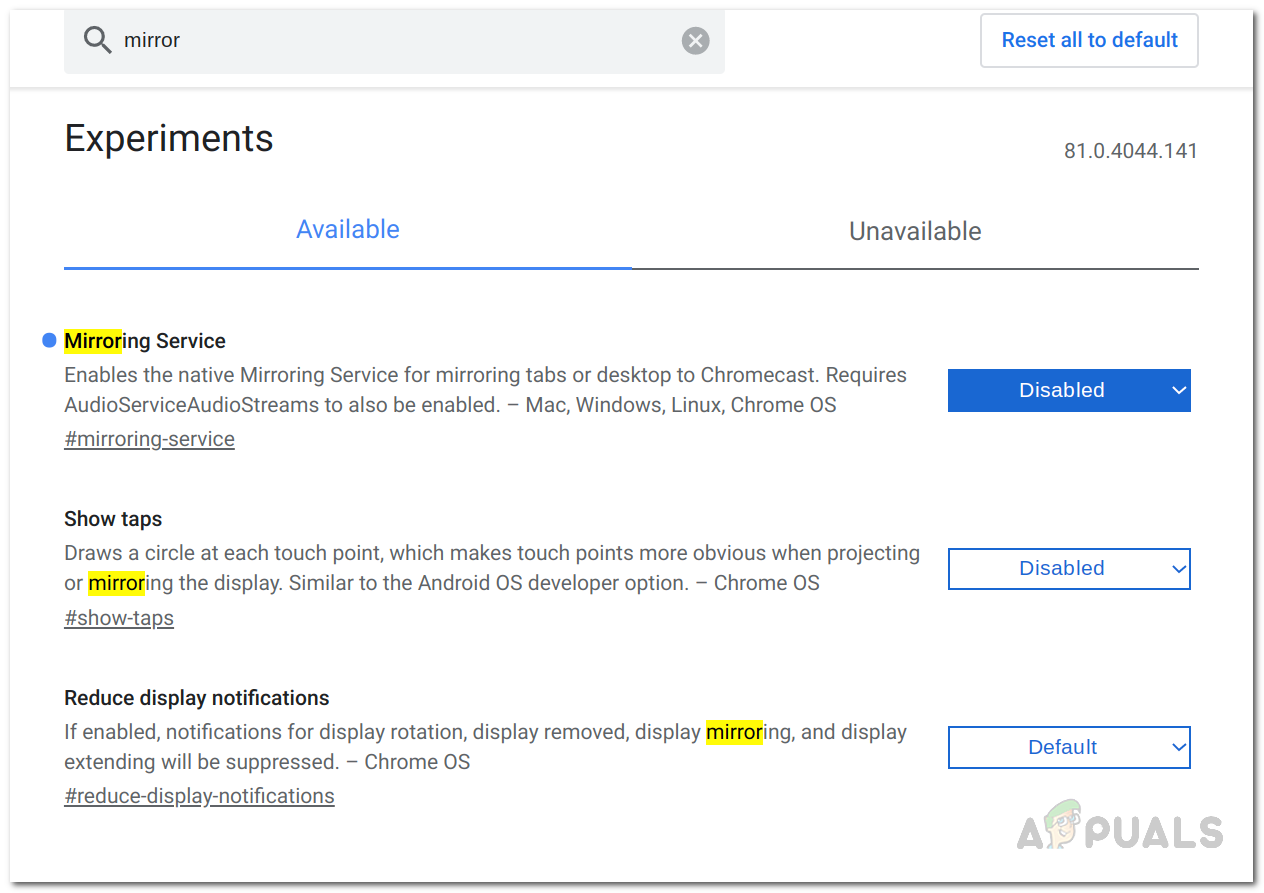
Enabling Mirroring Service - From the result shown, make sure that Mirroring Service is set to Enabled. Then, restart your browser and see if the issue persists.
Disable Ad Blockers and VPN
In some cases, the third-party extensions that you have added to your Chrome browser can sometimes cause certain issues with your browser functionality. Ad Blockers and VPN extensions are known to interfere with your network traffic and rightfully so because that’s their purpose, however, at times this interference can get you unwanted results. Therefore, if you have any ad blockers and VPNs installed on your browser, you will have to disable them to see if the issue is resolved. To do this, follow the instructions down below:
- First of all, in your Chrome browser, click on the More button (three vertical dots at the top-right corner).
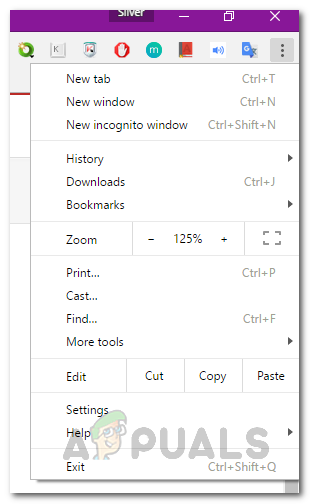
Chrome More Menu - From the drop-down menu, navigate to More tools > Extensions.
- This will take you to the Extensions page where all of your installed extensions are shown.
- From there, disable any ad blockers or VPN extensions that you have.
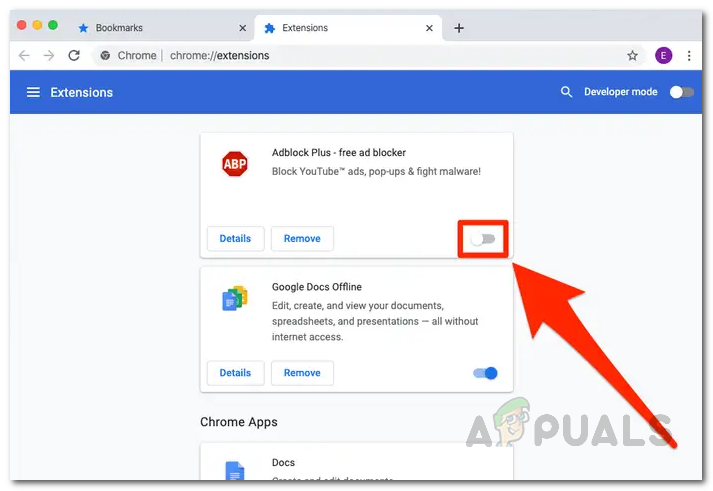
Disabling AdBlock - Once done, try casting again to see if the error message still appears.
Temporarily Turn off Real-Time Protection
If you are casting from a Windows machine and the above solutions have not worked out for you, chances are that your issue is being triggered by the Windows Defender. This can be easily fixed by temporarily disabling real-time protection from the Windows Defender settings when you are about to cast. You can turn it back on once done and you should be good to go. To do this, follow the below instructions:
- Press the Windows key + I shortcut to open up the Settings window.
- There, in the search bar, type Virus & threat protection and then click on the option shown.
- This shall open up the Windows Security window. There, click on the Manage settings option under Virus and threat protection settings.
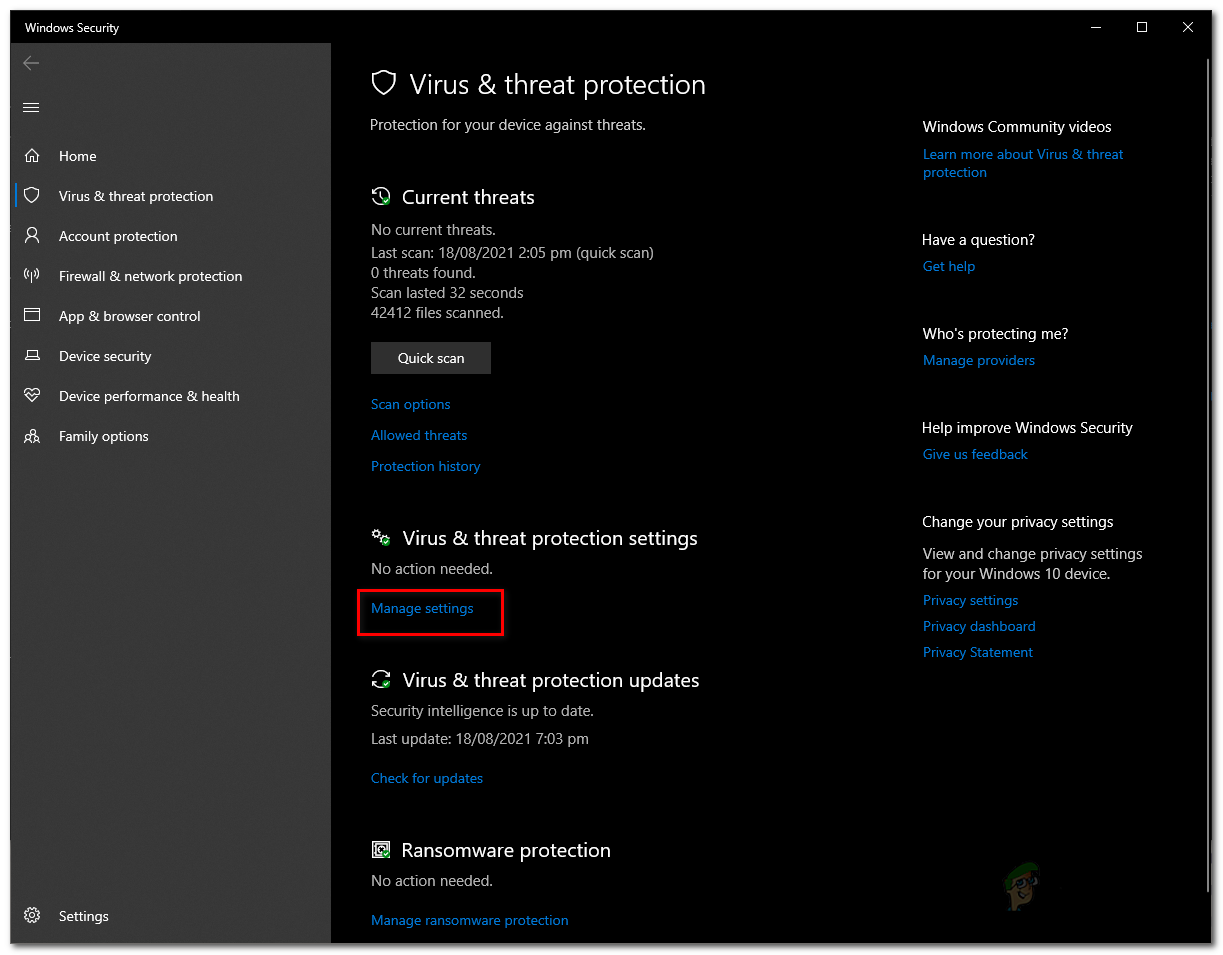
Windows Security Window - Finally, disable Real-time protection and then try casting. If it works, you can re-enable this as it is important and helps keep your system safe.
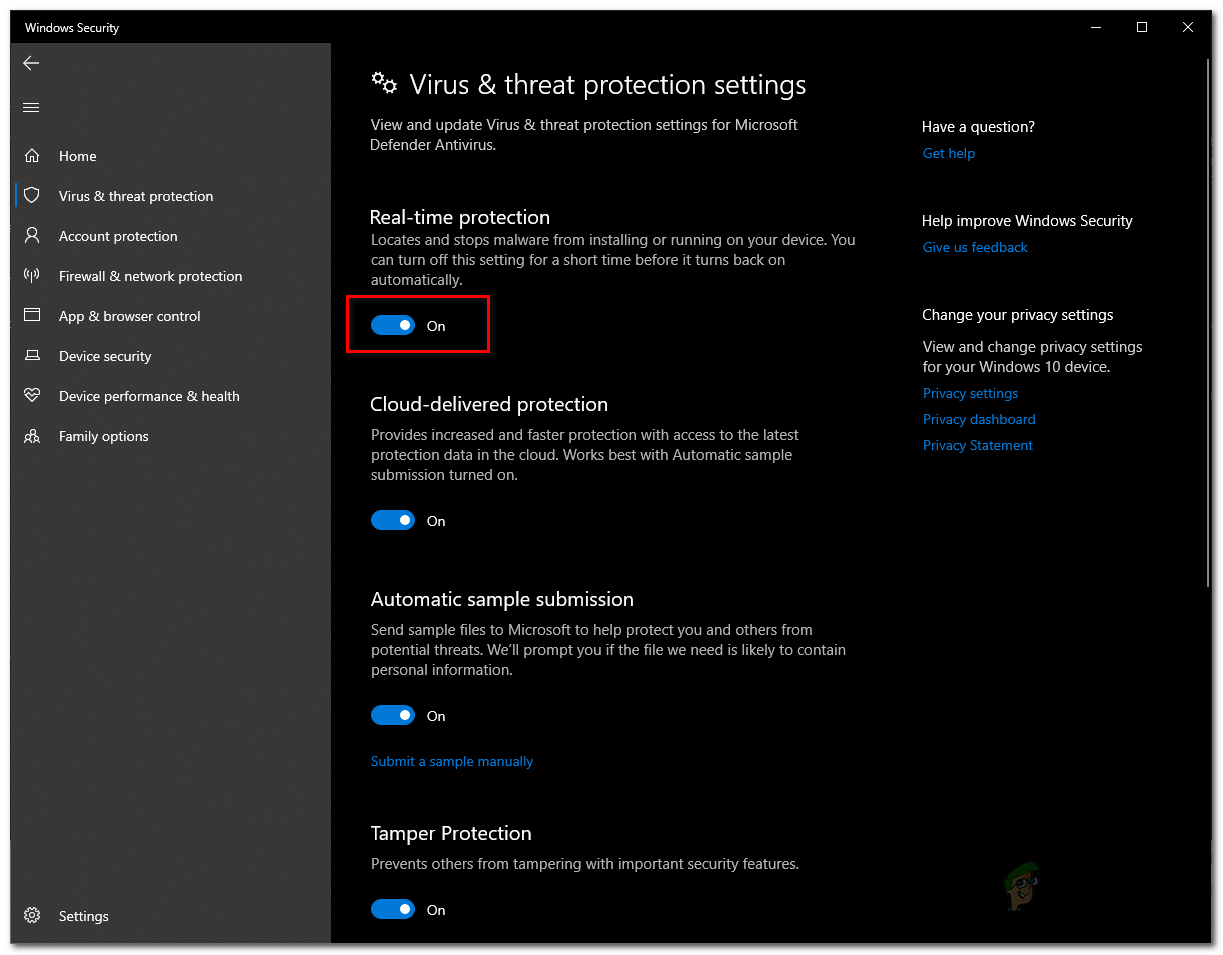
Disabling Real-Time Protection
